1. Leftover Bread Turned into Croutons

What once started as a way to avoid wasting stale bread has now become a crunchy gourmet topping in restaurants across the world. Grandparents would often dry out leftover bread, cut it into cubes, and toss it in butter, garlic, and herbs to make homemade croutons. These little morsels of crispy goodness were a kitchen staple, often used to add texture to soups and salads.
Today, gourmet chefs are taking this humble concept to new heights, using artisan breads like sourdough or ciabatta, and experimenting with unique seasonings like truffle oil or Parmesan. The love for croutons has blossomed into a full-fledged trend, with restaurants offering creative variations to elevate even the simplest dishes.
2. Chicken Feet Soup

Chicken feet were once a common ingredient in many grandparent kitchens, often used to make rich and flavorful broths. Their gelatinous texture was perfect for adding depth to soups and stews, turning what was once considered a waste product into a culinary treasure. For many families, chicken feet were a reminder of frugality and resourcefulness, giving a hearty and nourishing meal without breaking the bank.
Now, chicken feet are making a comeback in fine dining. Gourmet chefs are bringing them back in innovative ways, creating savory broths, soups, and even serving them as an appetizer, often with delicate seasonings like star anise and ginger. This “waste-not” ingredient is now celebrated for its health benefits, particularly its collagen-rich properties.
3. Pickled Everything
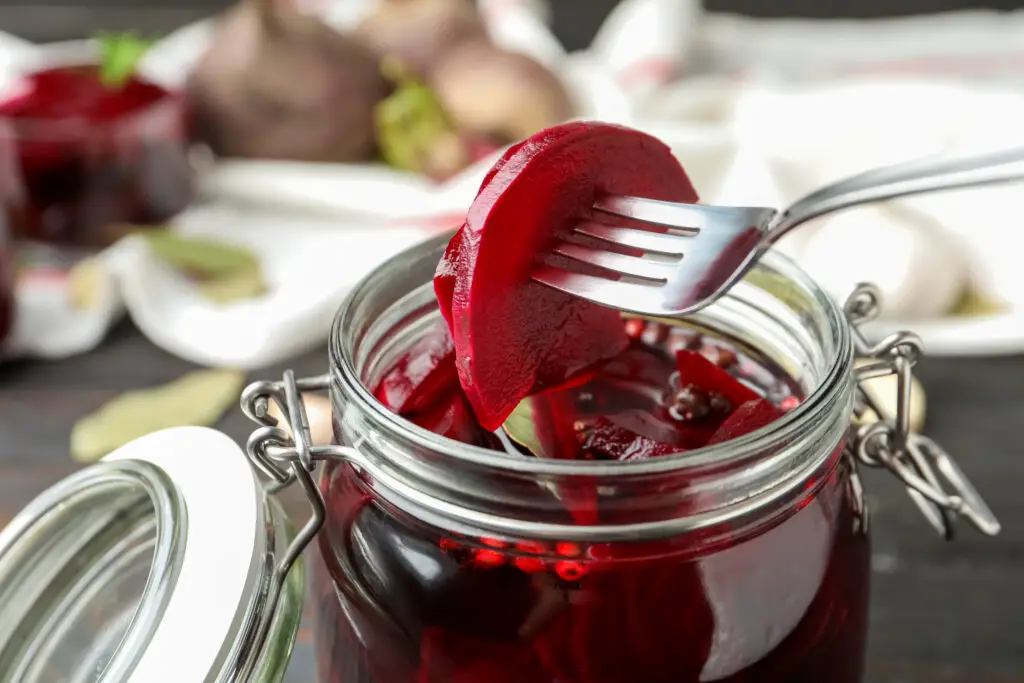
Grandparents knew that pickling was an excellent way to preserve produce and prevent it from spoiling. Cucumbers, radishes, onions, and even eggs were pickled in large batches, adding a tangy bite to every meal. These preserves were often tucked away in the pantry and served as a side dish or snack, ensuring that nothing went to waste.
In today’s culinary world, pickling has become a gourmet art. Chefs are experimenting with unique ingredients, like watermelon rinds and green beans, pickling them with exotic spices like coriander and dill seeds. These modern takes on pickling are now common on restaurant menus, where they add flavor and sophistication to appetizers and charcuterie boards.
4. Scraps to Stock: Vegetable Scraps Soup
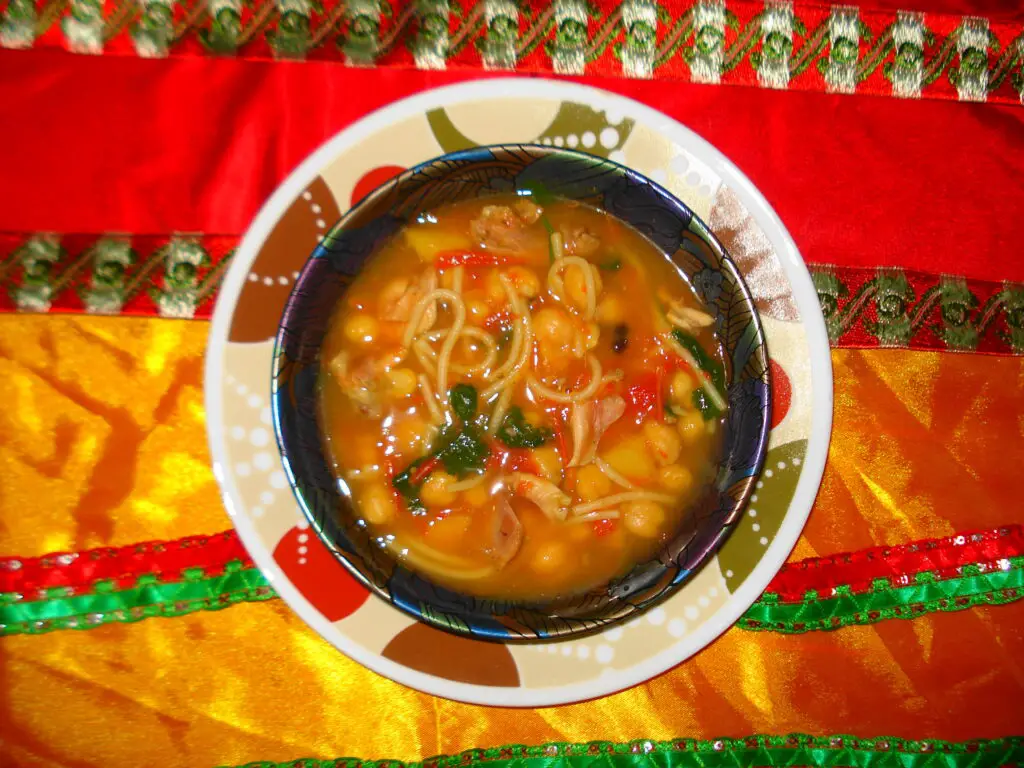
What was once a clever way to use up vegetable leftovers has now evolved into a highly sought-after culinary technique. Grandparents often took the odds and ends from vegetables—carrot tops, onion peels, potato skins—and turned them into a homemade vegetable stock. This practice helped to stretch the pantry and create a comforting, savory base for countless soups, stews, and sauces.
These days, vegetable stock has risen in status, with chefs crafting their own versions to complement fine dining dishes. It’s not unusual to find gourmet restaurants offering a delicate, clear vegetable broth made from carefully selected scraps, highlighting flavors like roasted fennel and leeks. This technique has transformed what was once a necessity into a sought-after flavor profile.
5. Pig’s Ears as Delicacies
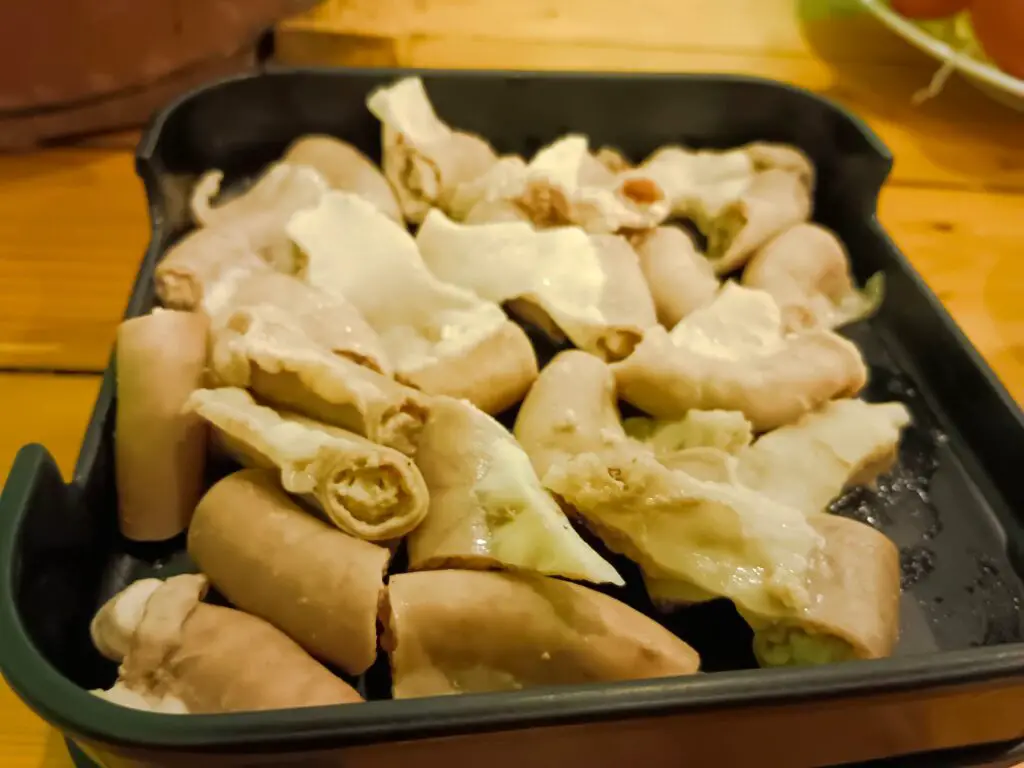
While many may have turned up their noses at pig’s ears, grandparents knew that these tough, chewy bits could be transformed into a savory, flavorful treat. Typically boiled or braised to soften them, they would be incorporated into stews or served as a side dish, with a satisfying crunch and rich flavor. It was a way to utilize the entire animal and create a hearty meal with minimal waste.
Pig’s ears have since been reintroduced as a delicacy in high-end restaurants. Now served crispy, often paired with tangy sauces like kimchi or pickled vegetables, they’ve become a popular item in contemporary kitchens. What was once seen as a leftover has become a trendy dish that perfectly marries texture and flavor, making it an exciting offering on many menus.
6. Bone Marrow
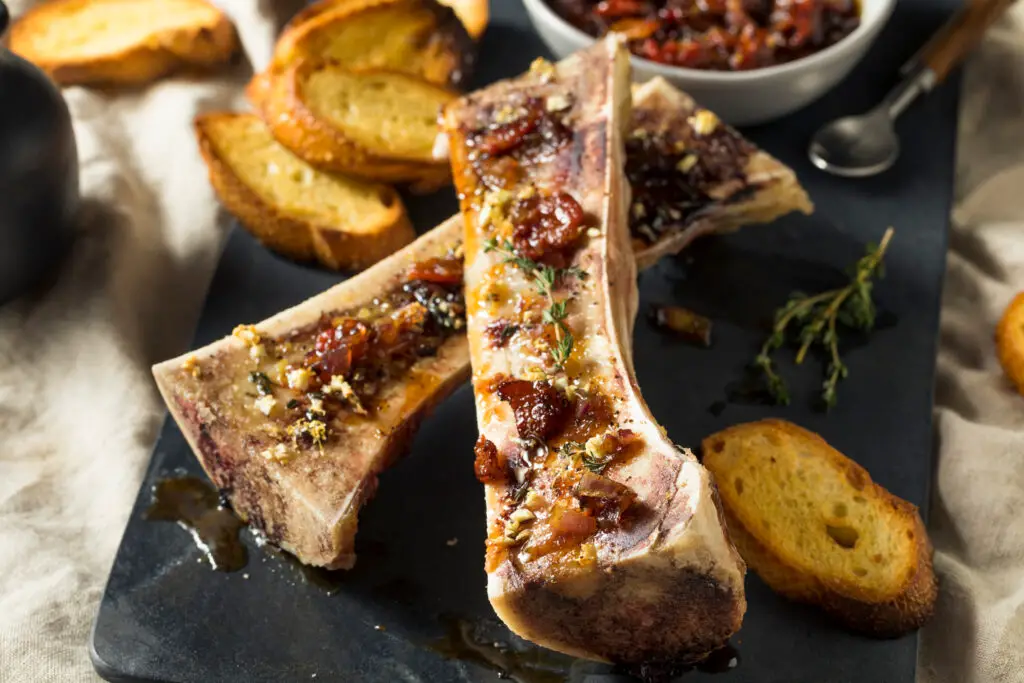
Once considered little more than a byproduct of butchering, bone marrow was a cherished ingredient for grandparents looking to extract every bit of flavor from their meat. The rich, fatty substance inside bones was scraped out, often roasted and served on toast or used to flavor soups and sauces. It was a deeply satisfying way to make use of parts that others might discard.
Today, bone marrow has been elevated to a luxurious ingredient in gourmet kitchens. Roasted bone marrow is often served as an appetizer, paired with toasted bread, and topped with herbs, sea salt, and even caviar. Its creamy, rich texture has made it a trendy item, appearing on menus of upscale restaurants and food blogs alike.
7. Fruit Peel Jams
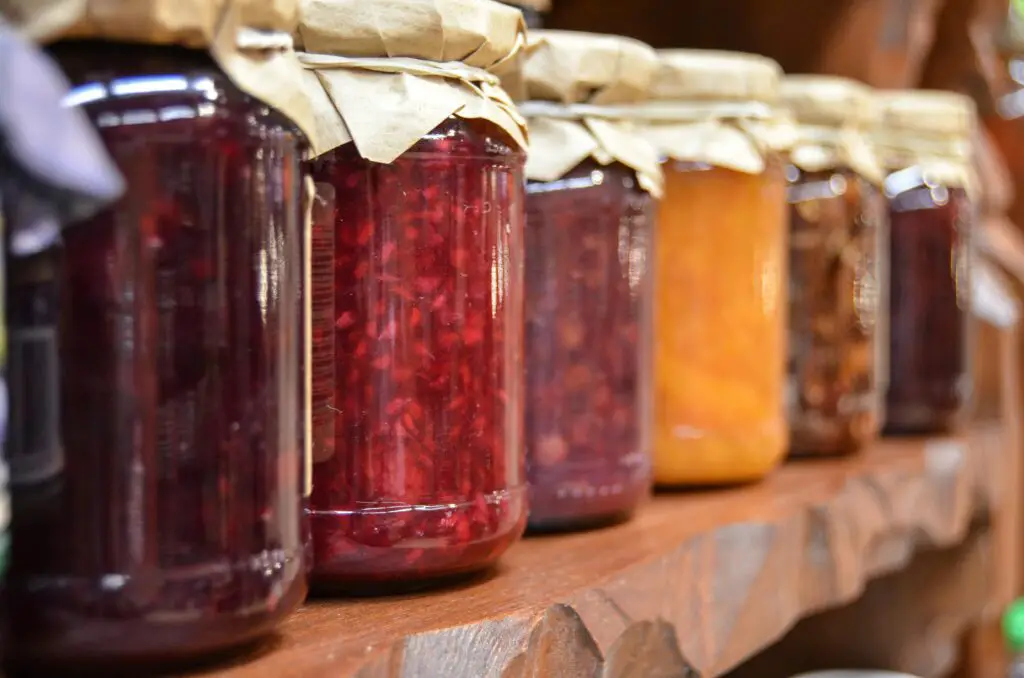
Fruit peels were once discarded after the flesh was used in pies, jams, and preserves. However, grandparents had a way of utilizing every last scrap, turning citrus peels, apple cores, and even melon rinds into delightful jams and preserves. These homemade concoctions often featured sweet and tangy notes, transforming scraps into something surprisingly delicious.
Now, fruit peel jams are gaining a foothold in the world of gourmet food. From orange marmalade with a twist of bourbon to candied watermelon rind preserves, chefs are embracing these overlooked parts of fruits, creating unique spreads and toppings. What was once an afterthought has now become a celebrated way to enhance everything from scones to charcuterie boards.
